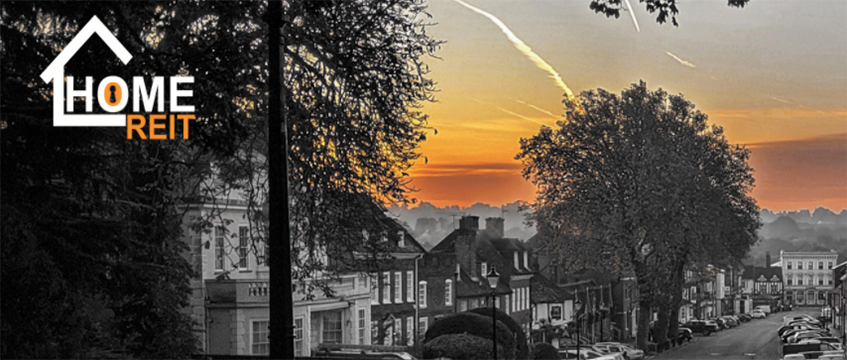The news that some Spanish developers were breathing new life into stalled residential projects was celebrated in parts of the Spanish media. They claimed it as evidence that the market had turned a corner. But the construction sector does not show any signs of recovery soon.
Yolanda Fernández, property market director at Madrid’s association of property developers, Asprima, says that residential development is mostly limited to Madrid and other prime areas such as Barcelona’s city centre.
“This is very sporadic activity though, and development keeps dropping,” she says. “In 2010 we have seen 30%-40% less [in the number of new houses] than in 2009.”
Earlier this year, Spanish real estate companies such as Realia, Sacyr Vallehermoso and Bami announced that they were starting new residential projects across the country.
Realia, which has not started any new projects in the past two years, is developing a 65-dwelling project in the city of Valencia. The new buildings, in the Santa Bárbara Masarrocho area, will qualify as viviendas de precio concertado. This is a form of social housing that caps house prices according to the area where they are built and their total space.
The system also allows buyers to access mortgages at lower interest rates and other conditions based on their income and social group.
Another scheme, which was unveiled by Realia in September, is also based in Valencia and is known as 2@Patraix. Local constructor Edificaciones Ferrando was contracted by Realia to carry out the works, which include the development of 40 houses sized between one and three bedroom, two retail venues, parking areas and warehouses.
The project, in the city’s Patraix district, is one among five residential schemes Realia said it would deliver in different Spanish cities, including Fuenlabrada, near Madrid, Seville and Valladolid.
“In total, these five projects will bring to Realia a portfolio of 425 new units,” the company said in a statement. “This strategy is aimed at preparing us to face successfully the sector’s reactivation once the crisis is over.”
The crisis, however, is far from over. Few developers have access to the financing they need in order to start new projects because banks keep requiring a 100% commercialisation of new houses before they finance new development schemes, even when it comes to social housing. Banks are hesitant because the country is still choking on an oversupply from the boom years.
“We see a very small activity and very few companies having access to financing,” says Asprima’s Fernández.
Some 700,000 houses remained unsold at the beginning of 2010, almost 300,000 more than two years earlier, according to Spain’s Ministry of Housing. Prices are expected to fall further.
The hold-up of the Castellana 200 project, which was launched in 2006 by Spanish developer Reyal Urbis, in Madrid’s central Paseo de la Castellana, shows that finance is tight. Reyal Urbis was due to deliver a luxury hotel, a shopping centre, more than 20,000 m2 of office space and a parking in three years, but the company had to renegotiate its debt with different financial institutions. The saving grace of the project is that it is targeted at the prime end of the market.
The construction sector is struggling. A study by Grupo 14 Inmobiliarias por la Excelencia (G-14), which has 13 of Spain’s main residential developers as its members, found that 728,000 of the country’s 4.7m unemployed are in the construction sector. During the past year, another 20,000 people working in the construction industry became unemployed, according to the study.
Fewer building permits
The number of issued visados (permits) for the construction of new residential buildings was between 8,000 and 9,000 per month in the past year and a half. According to G-14, this means that the number of houses being developed is between 150,000 and 200,000. Around 866,000 permits were issued in 2006, when the number of visados reached a record high, after it had kept growing for three years. But in 2008 and 2009 the number of visados dropped nearly 60%.
Demand has collapsed. Unemployment is still badly affecting the country’s economy. First-time buyers are particularly hard hit. People aged between 16 and 24 years account for half the unemployed. The country has an 20.5% jobless rate.
Commercial property is doing even worse, according to G-14.
“Even though residential property activity is stuck at a minimum level, as well as employment in this sub-sector, non-residential activity is [even] more affected,” the report said.
The only bright spot seems to be retail. Demand for a 50%-stake in the 200,000 m2 Puerto Venecia shopping centre in Zaragoza is strong. Three years ago, British Land along with a consortium of private investors completed the first part of the €1bn retail park scheme in the south. Five parties are vying to sit alongside British Land.
Danish shopping centre developer Inter IKEA Centre Group is also developing two retail parks in the northern city of Valladolid and in Jerez de la Frontera, in southwest Spain, where the Swedish furniture retailer is opening two stores.
The sale of four shopping centres by Unibail-Rodamco is also being closely watched. The Franco-Dutch company is selling Barnasud in Barcelona; Sevilla Factory in Seville; Albacenter, in the south-eastern town of Albacete, and the Equinoccio leisure center, 20 km north-west of Madrid.










